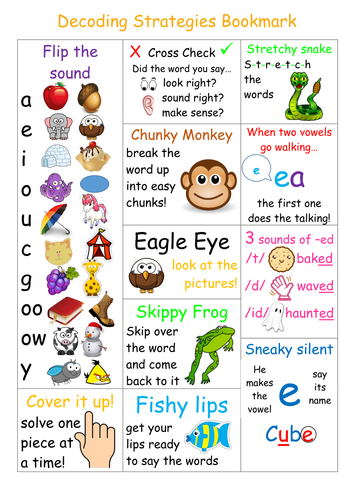Module 3 Definitions
Alphabetic Principle (n.) - the understanding that letters represent sounds which form words; it is the knowledge of predictable relationships between written letters and spoken sounds.
The alphabetic principle can be taught to students through word-building activities like the word ladder below. Words beginning with simpler spelling patterns will allow students to visually understand spelling patterns, and as they mast the simpler patterns they are able to graduate to more advanced patterns of spelling. When students understand the alphabetic principles and are able to apply what they know about letter-sound connections to translate printed letters/letter combinations into the sounds they make, they are able to read a greater number of words and expand their reading comprehension.
The alphabetic principle can be taught to students through word-building activities like the word ladder below. Words beginning with simpler spelling patterns will allow students to visually understand spelling patterns, and as they mast the simpler patterns they are able to graduate to more advanced patterns of spelling. When students understand the alphabetic principles and are able to apply what they know about letter-sound connections to translate printed letters/letter combinations into the sounds they make, they are able to read a greater number of words and expand their reading comprehension.

Explicit Phonic Instruction (n.) - a system of teaching students to build words from part to whole. It begins with the introduction of the letters (graphemes) with their associated sounds (phonemes). Next, explicit phonics teaches blending and building, beginning with blending the sounds into syllables and then into words.
Teaching phonics is a more effective way to teach children early reading skills than is embedded phonics or no phonics instruction. Additionally, it aids students with processing issues and serves as one of the most effective means of providing students with decoding strategies to ensure each students' success in reading.

Context Clues (n.) - hints that an author gives to help define a difficult or unusual word within a text. The clue may appear within the same sentence as the word to which it refers or it may follow in the next sentence.
Because most of our vocabulary is gained through reading, it is important that we are able to recognize and take advantage of context clues. Context clues often help readers identify and make sense of sentences, words, and story or context elements within the texts they read.

- specific examples (an example context clue) used to define the term
Decoding (n.) - the ability for a student to apply their knowledge of letter-sound relationships, including knowledge of letter patterns, to correctly pronounce written words.
Understanding these relationships gives children the ability to recognize familiar words quickly and to figure out words they haven't seen before. Kids who struggle with decoding have trouble identifying the sounds that make up words.
Understanding these relationships gives children the ability to recognize familiar words quickly and to figure out words they haven't seen before. Kids who struggle with decoding have trouble identifying the sounds that make up words.

References:
https://www.readinghorizons.com/reading-strategies/teaching/phonics-instruction/what-is-systematic-and-explicit-phonics-instruction
https://www.readinghorizons.com/reading-strategies/teaching/phonics-instruction/explicit-vs-implicit
https://improvingliteracy.org/ask-an-expert/whats-best-way-teach-alphabetic-principle
https://www.dictionary.com/e/context-clues/
https://www.sightwordsgame.com/learning-to-read/what-is-the-alphabetic-principle/
https://www.understood.org/en/learning-attention-issues/child-learning-disabilities/reading-issues/decoding-what-it-is-and-how-it-works
http://www.readingrockets.org/helping/target/phonics
Comments
Post a Comment